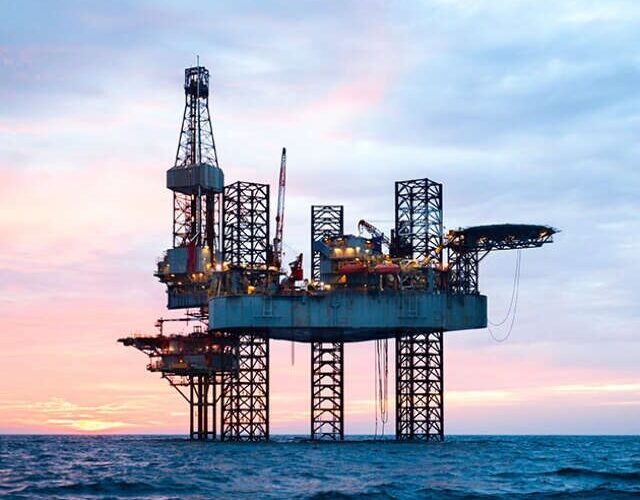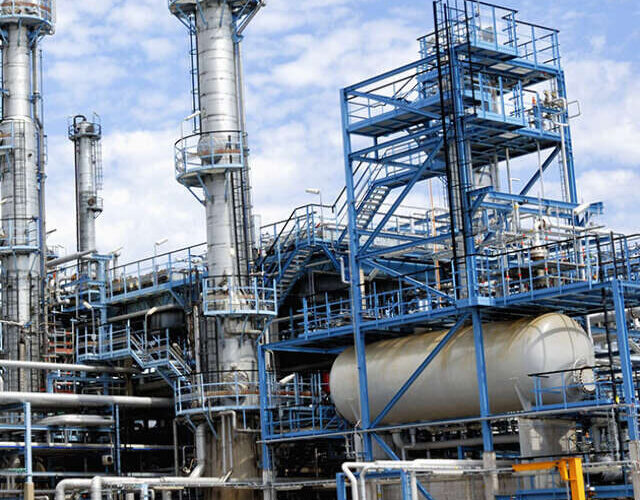Oil & gas transition
During the energy transition, our electricity market and industrial sectors will continue to require the flexibility that gas can provide to ensure supply security.
Areas of focus
- Carbon capture and storage (CCUS)
- Data analytics and digitalisation
- Decommissioning of oil and gas facilities
- Flow assurance and gas hydrates
- Geomechanics
- Geothermal energy
- Multiphase flow in porous media
- Multiscaling and multiphysics
- Petrophysics
- Underground Hydrogen Storage (UHS)
Impact and outcomes
- Improved understanding of rock properties for better resource extraction
- Development of safe and efficient UHS solutions for energy storage
- Identification of suitable geological structures for energy production and storage
- Development of environmentally friendly energy solutions
Research groups, facilities and centres

Drilling Mechanics Group
The research interests of the Drilling Mechanics Group (DMG) centred around the interactions taking place while drilling: interactions often coupled between the drill bit, the rock, the drilling fluid and the driving mechanisms (drill rig, downhole motors).

Multiphase Flow through Porous Media Group
This group studies multiphase flow through sandstones, carbonates, tight gas sands and shales (which represent geological oil bearing formations or CCS storage sites) at the nanometre to metre scale in order to understand the physical, chemical and mechanical dynamical phenomena rigorously.

Petroleum Geomechanics Group
The PGG performs advanced research in many aspects of petroleum geo-mechanics to address issues associated with oil & gas and mining exploration and production from conventional and unconventional resources through numerical and experimental studies.

Unconventional Gas Group
The main goal of this consortium is to study gas shale layers and locate intervals with the higher potential for gas production (sweet spot mapping).
Collaborations and partnership

ANLEC

Department of Mines, Industry Regulation and Safety
